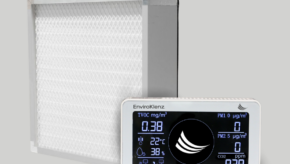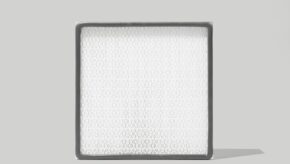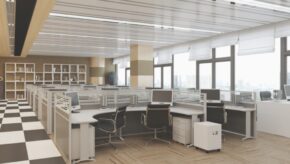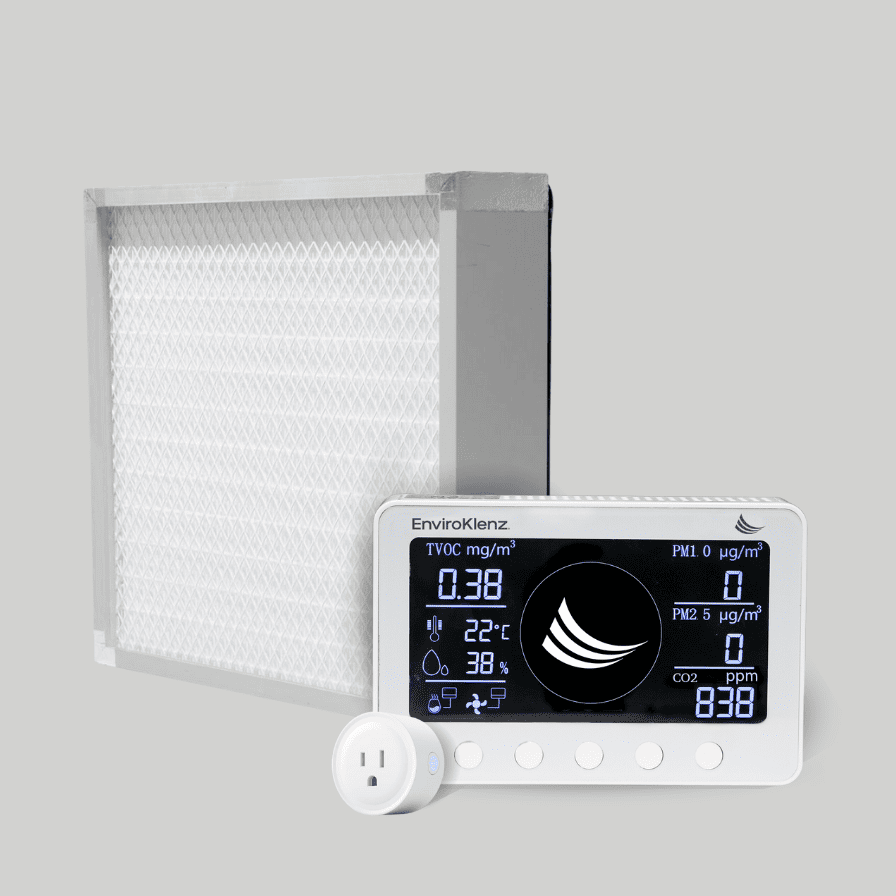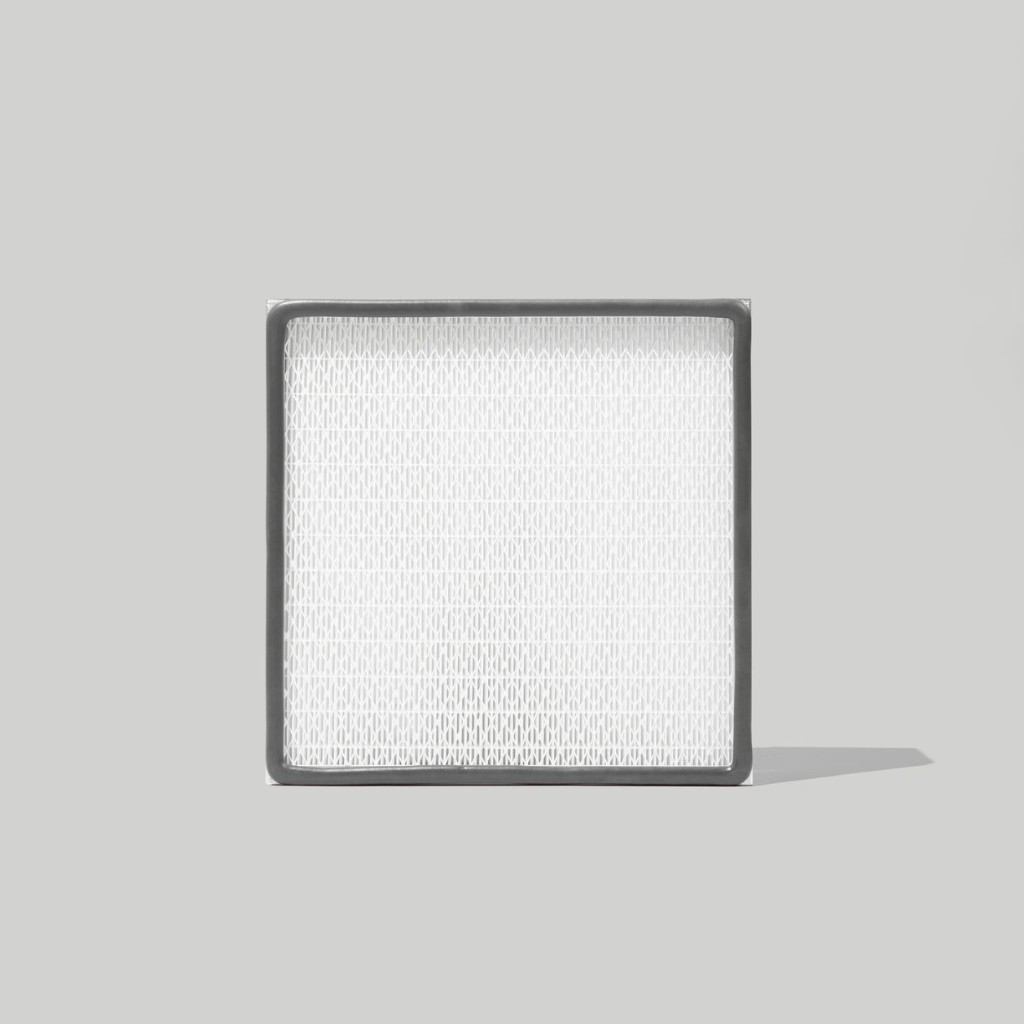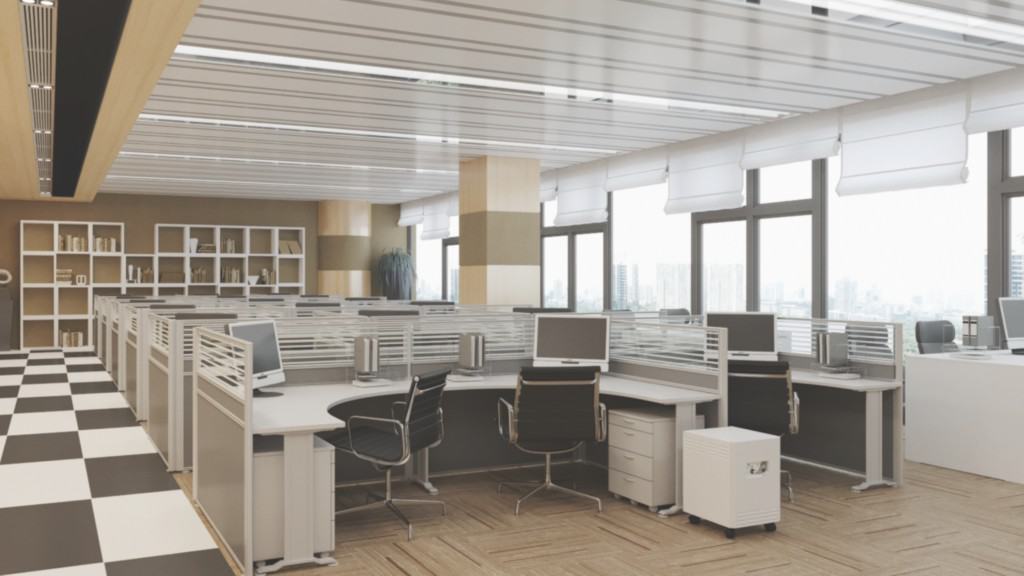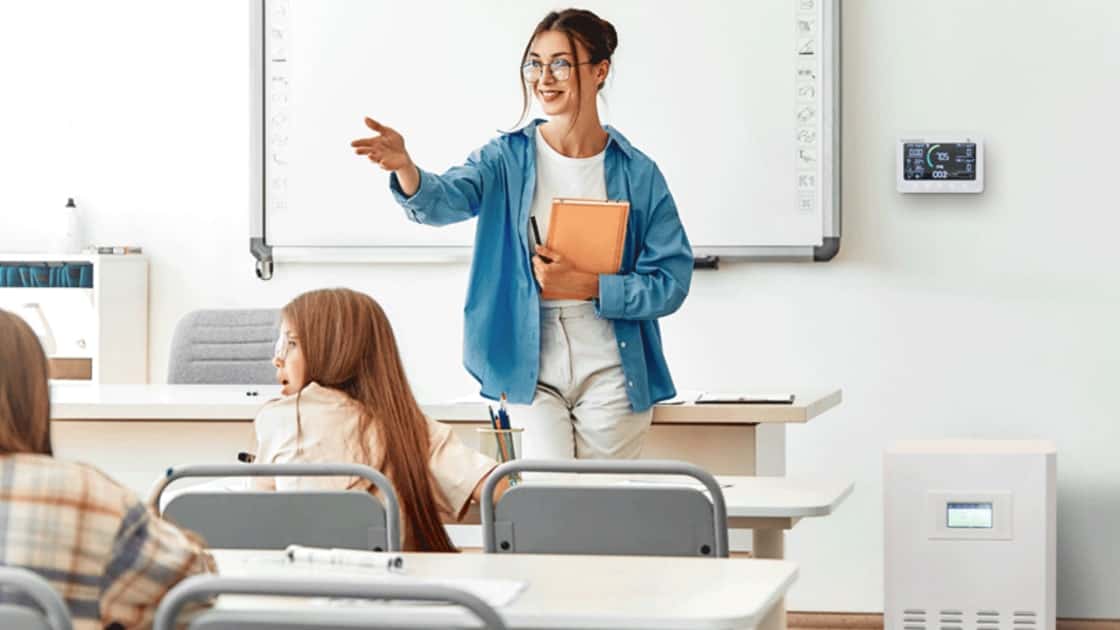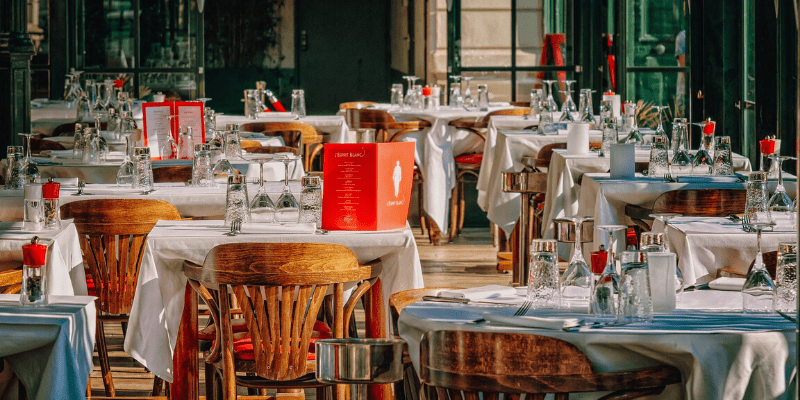Essential businesses across the world that are open and serving our country such as hospitals, banks, medical offices, and even restaurants are working tirelessly to provide safety measures in this indoor space, especially when it comes to airborne microbe transmissions in the environment. The restaurant workers who are working to provide food to millions of Americans are at increasing risks as they work together to make food and serve the public, however, with the increasing risk of airborne transmission risks many of these restaurant owners are looking to provide solutions and remedies to providing a clean, safe work space for their restaurant workers during this pandemic and moving forward.
Air filtration is an important component to a healthy indoor environment for essential businesses and any indoor space where workers are present. Air filters and air purifiers have become a crucial addition to these commercial indoor spaces to help in the filtration process of airborne pollutants, particulate matter, and pathogens like viruses, bacteria, and mold spores. Many pathogens can be spread through aerosolized droplets in the air and this can lead to risks of transmission in the indoor space.
In this article we are going to learn more about the risks of transmission of airborne microbes in restaurants, understand how pathogens are spread in this commercial space, and how an air purifier will help in a restaurant to prevent microbes spreading in this air space.
Why hygiene is important in restaurants
Proper hygiene and cleanliness practices are vital to the restaurant industry in today’s world climate, and this includes making sure that the workers that are in this essential business are being protected and that they are than protecting the Customers who are being served from these essential workers. Food safety is defined as the handling, preparing and storing of food and beverages in a safe way to reduce the risks of consumers from becoming sick. The hygiene in a restaurant will start with the workers, with many of them handling the food and service it is vital that they maintain cleanliness standards such as washing hands frequently to minimize the spreading of viruses and bacteria.
Additionally, the indoor environment of the restaurant is another important aspect to a hygienic business. Cleaning the surfaces of this business with disinfectants and other cleaners to help eradicate pathogen growth – such as flooring, countertops, trays, etc. The process of using disinfectant cleaners will help to maintain a clean environment, and these actions should be taken several times throughout the day when preparing food and serving Customers. The most common form of pathogen spreading in a restaurant can include foodborne and airborne transmission – and therefore both of these fronts must be carefully considered and protected against within this essential business.
How do foodborne and airborne pathogens spread
According to Texas A&M University, airborne transmission of illness in an indoor space will occur when a virus or bacteria travels onto dust particles or on small respiratory droplets that may become aerosolized when people sneeze, cough, laugh, or exhale. These airborne pathogens can also travel on air currents and can spread considerable distances which will potentially harm and infect a load of people. This type of transmission can be a heightened risk in restaurants as workers are working closely together in the kitchen and other areas of the restaurant, as well as Customers who are seated within arms distance of one another – which will exponentially aid in the spreading of pathogens in the air to these closely positioned Customers.
Whereas, foodborne illnesses are caused by a variety of foodborne pathogenic bacteria, viruses, and parasites that will contaminate the food. These various types of foodborne illnesses will lead to food poisoning and other foodborne illness that are the result of the consumption of tainted food. This transmission method can also be a risk in restaurants, especially when surfaces are not cleaned properly, or food is not cooked appropriately to the right temperatures.
According to Texas A&M University, airborne transmission of illness in an indoor space will occur when a virus or bacteria travels onto dust particles or on small respiratory droplets that may become aerosolized when people sneeze, cough, laugh, or exhale. These airborne pathogens can also travel on air currents and can spread considerable distances which will potentially harm and infect a load of people. This type of transmission can be a heightened risk in restaurants as workers are working closely together in the kitchen and other areas of the restaurant, as well as Customers who are seated within arms distance of one another – which will exponentially aid in the spreading of pathogens in the air to these closely positioned Customers.
Whereas, foodborne illnesses are caused by a variety of foodborne pathogenic bacteria, viruses, and parasites that will contaminate the food. These various types of foodborne illnesses will lead to food poisoning and other foodborne illness that are the result of the consumption of tainted food. This transmission method can also be a risk in restaurants, especially when surfaces are not cleaned properly, or food is not cooked appropriately to the right temperatures.
Commercial air filters for pathogen mitigation
The spread of pathogens between humans falls into direct or indirect contact; through airborne transmission, contaminated object and surface contact, and food and drinking water contamination. These three routes of indirect spread are often the result of contamination by the spray of droplets during coughing and sneezing, which can facilitate the spread of an infectious disease. Aerosolized droplets from humans range in size from .6 microns to over 1000 microns, collected from research published in the Characterizations of Particle Size Distribution of the Droplets Exhaled by Sneeze publication. Thus, the threat of exposure to an airborne pathogen can be potentially more significant, especially in certain medical care facilities such as dental settings.
Additionally, Ultraviolet light (UV light) is a known method for the inactivation or reduction in viability of pathogens, according to the CDC’s Infection Control Guidelines. However, the correct wavelength and control measures must be considered to avoid damage to the skin and eyes, as many UV light wavelengths can produce dangerous wavelengths that will ultimately produce ozone – a dangerous byproduct – within the indoor air space, reported by the American Cancer Society. Many air purification devices contain these UV lights to enable the capability to deactivate these airborne pathogens within the air purification system, but unfortunately a vast majority of these UV lights used in air purifiers fall within these hazardous wavelength production ranges which allow for the creation of ozone byproducts in the air.
Restaurant air purifier
The EnviroKlenz UV System solves the dosage problems by placing the UV-C light before the HEPA filter which captures biological contaminants 0.3 microns and larger. The droplet size from coughing or sneezing humans is very broad, and a HEPA filter can capture the bulk of that particulate matter range. Integrating UV lamps within the air purification device allows for continual bathing of the collection site of the HEPA filter, which allows for the items collected on the surface of the HEPA filter to get a lengthened or even infinite residence time. In the EnviroKlenz Mobile Air System with UV lights, the pathogens are exposed to the UV-C light as long as the unit and its lights remain on in the air purification system.
This means that even though the UV lamp is relatively low intensity, given the airflow of the unit (approximately 80-250 cfm), the UV-C dosage required for destruction is created for the trapped pathogen because it will continue to be exposed to the UV-C radiation regardless of how quickly air is passing through the unit. Therefore, this air purification device will not only help to eradicate those worrisome pathogens that may be present and spreading in an indoor business like a restaurant, but it will also be used effectively and safely without any harm to occupants or workers. This simply placed air purification device may be just what a restaurant needs to provide air filtration, mitigation of pollutants, and general comfort to both employees and Customers visiting their business.
UV Mobile Air System
✓ Patented earth mineral technology works to attack VOCs and break them down on a compound level
✓ No chemicals or masking agents
✓ Will not release any chemicals back into your environment
✓ UVC lamps are continuously shining on the collected organisms with high effeciency of kill and destruction
Article Sources:
- Texas A&M University: Airborne/Foodborne Illness (link)
- Journal of the Royal Society Interface: Characterizations of Particle Size Distributions of the Droplets Exhaled by Sneeze (link)
- Centers for Disease Control and Prevention (CDC): Infection Control (link)
- American Cancer Society: Ultraviolet (UV) Radiation (link)
EnviroKlenz® Medical Disclaimer:
“Any information that is provided on this website is not for the use by any commercial or personal entity without expressed written consent of the blog author. The material and statements illustrated within this blog are not intended to diagnose, treat, cure, or prevent any diseases or medical conditions. Nor does the author in any way guarantee or validate the validity, totality, or efficacy of any claims and will therefore not be held responsible for the content of any claims. Always consult your medical physician for any specific medical advice or recommendations.”
